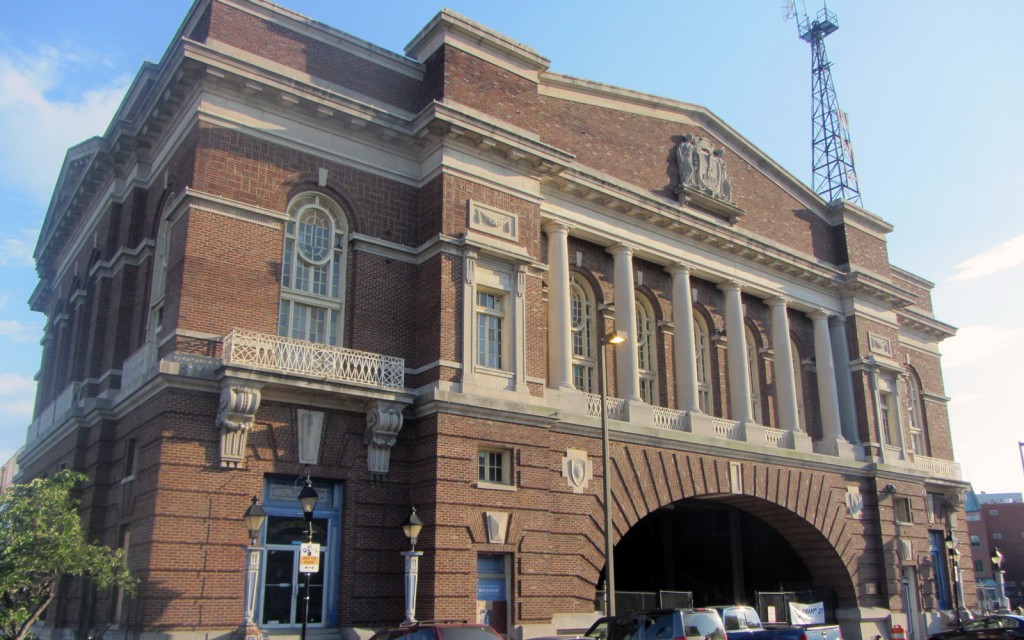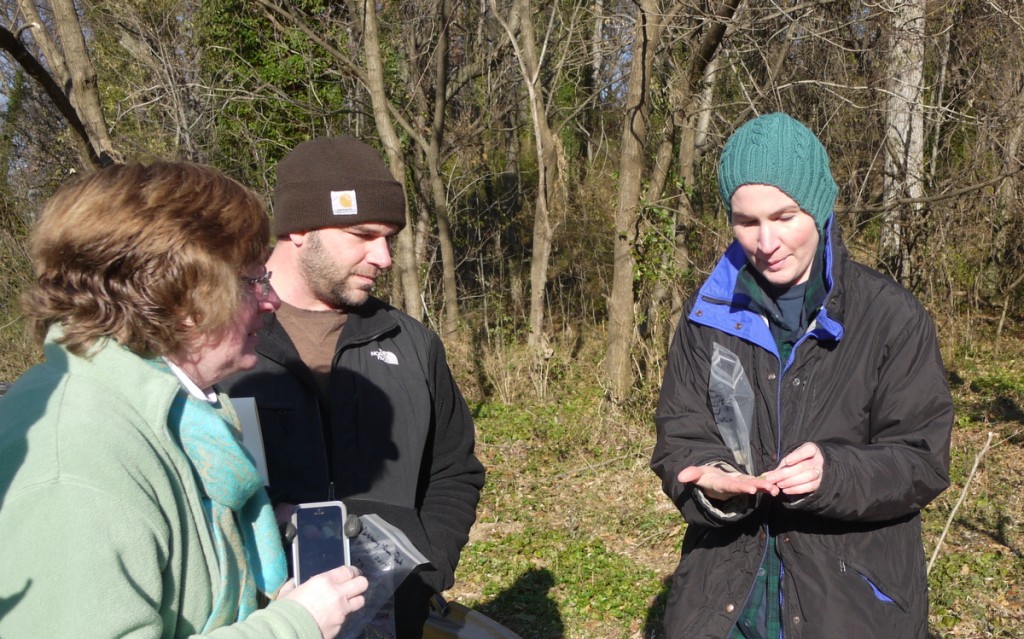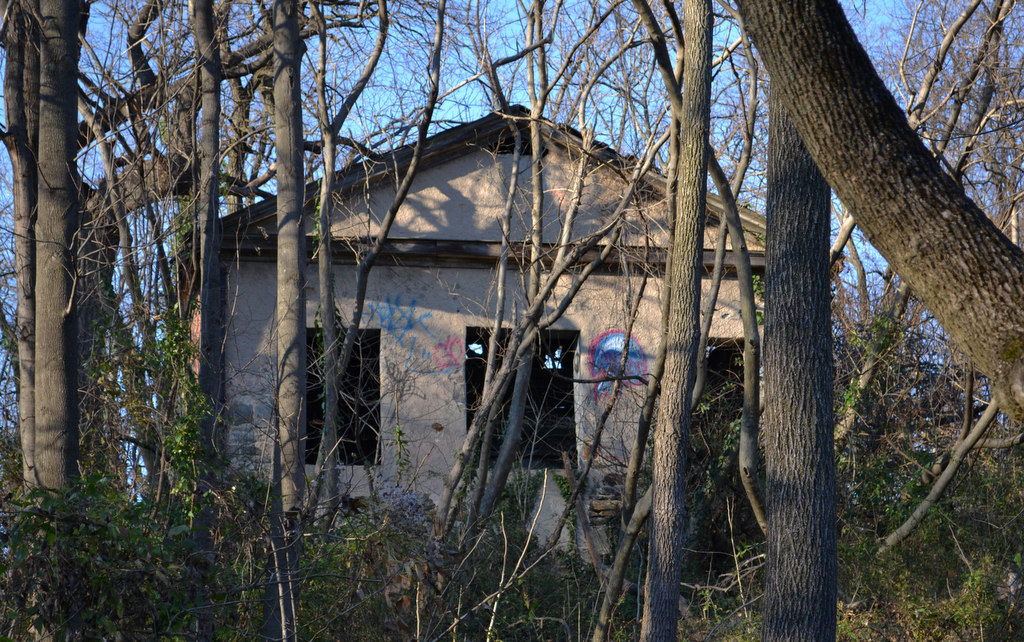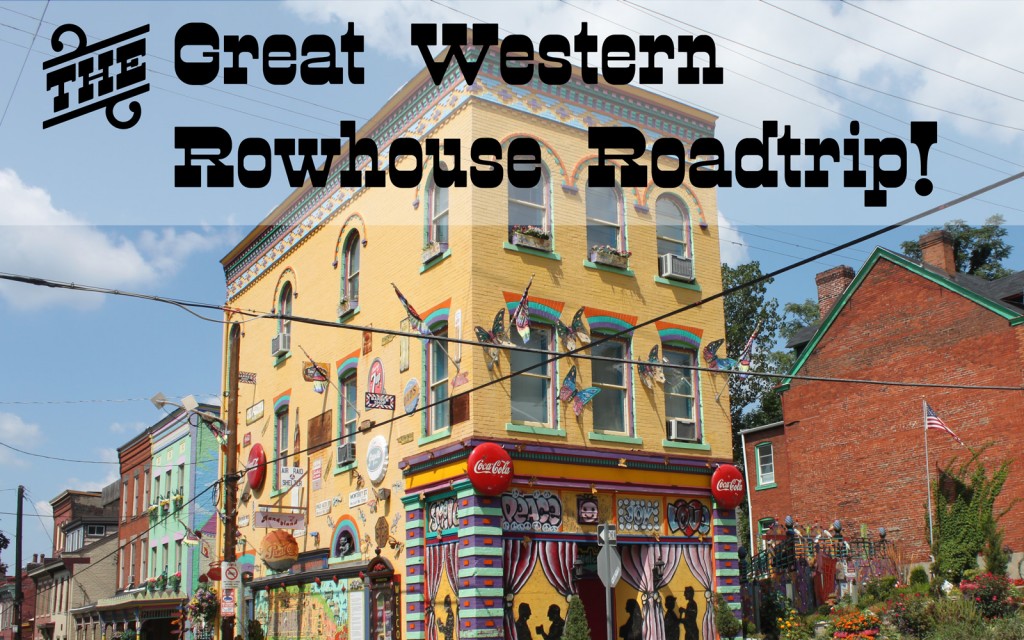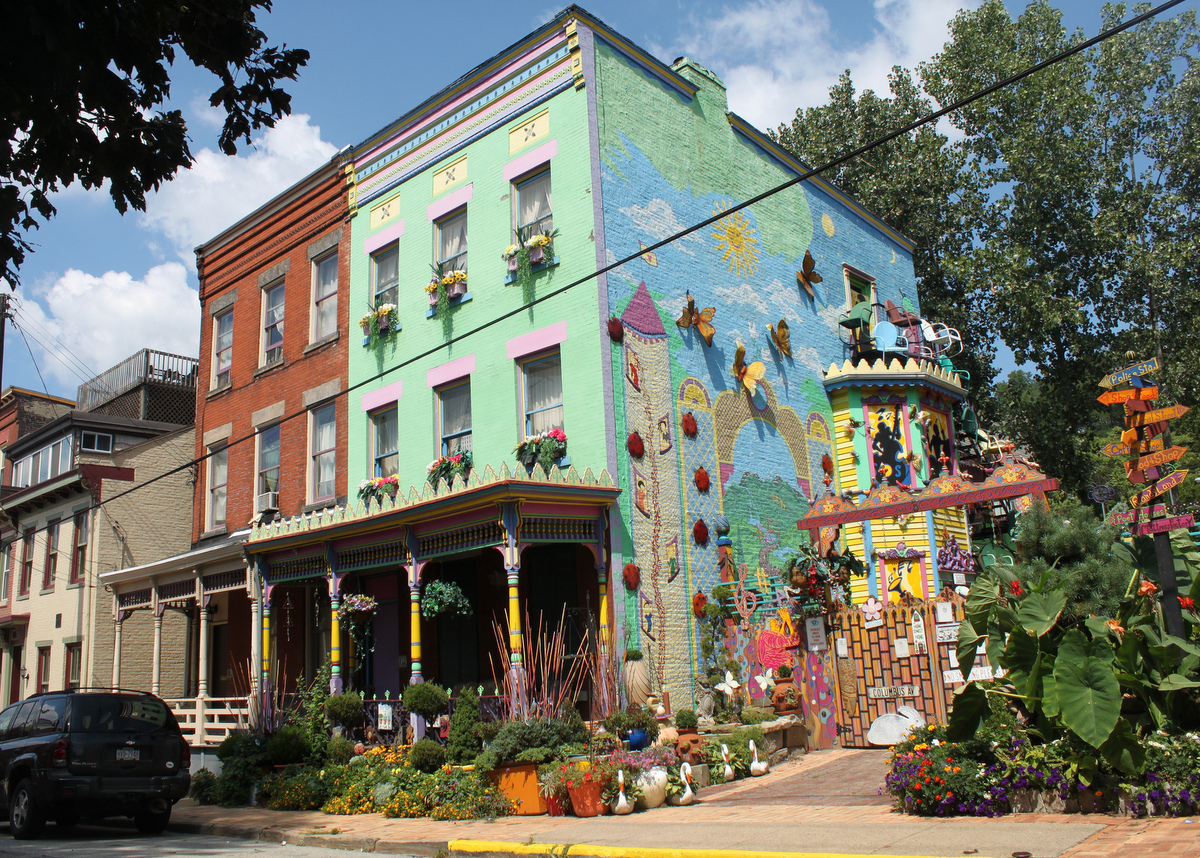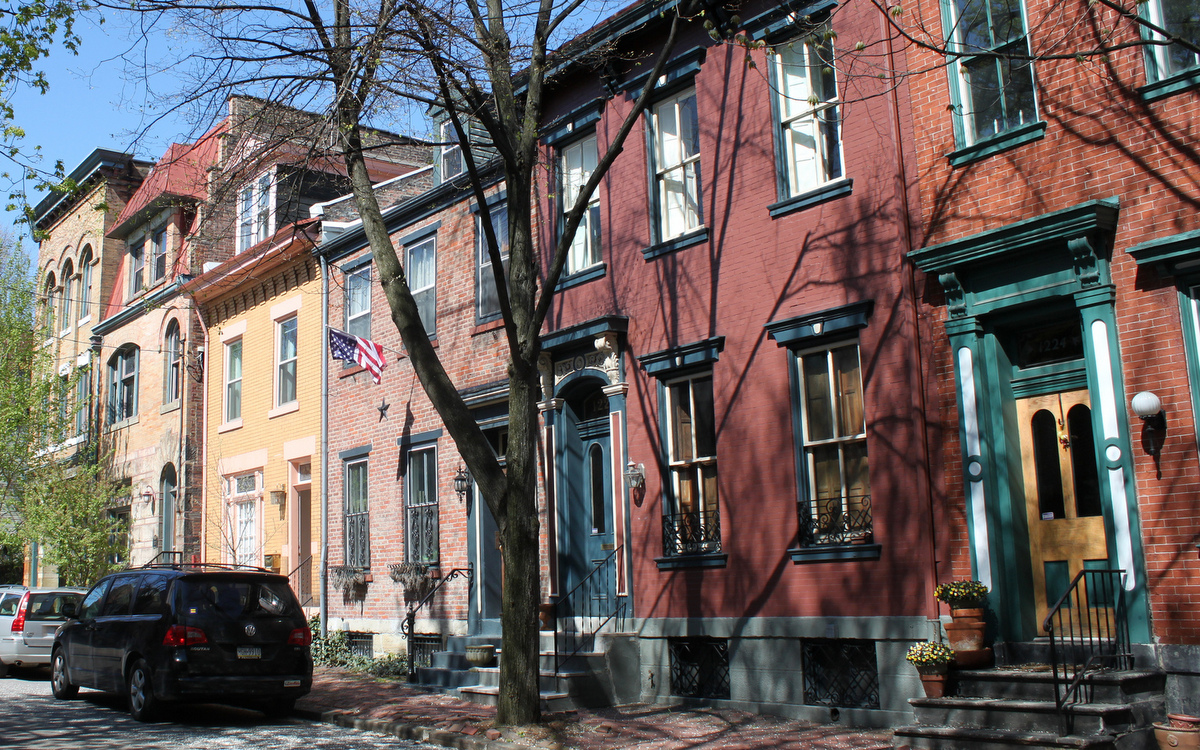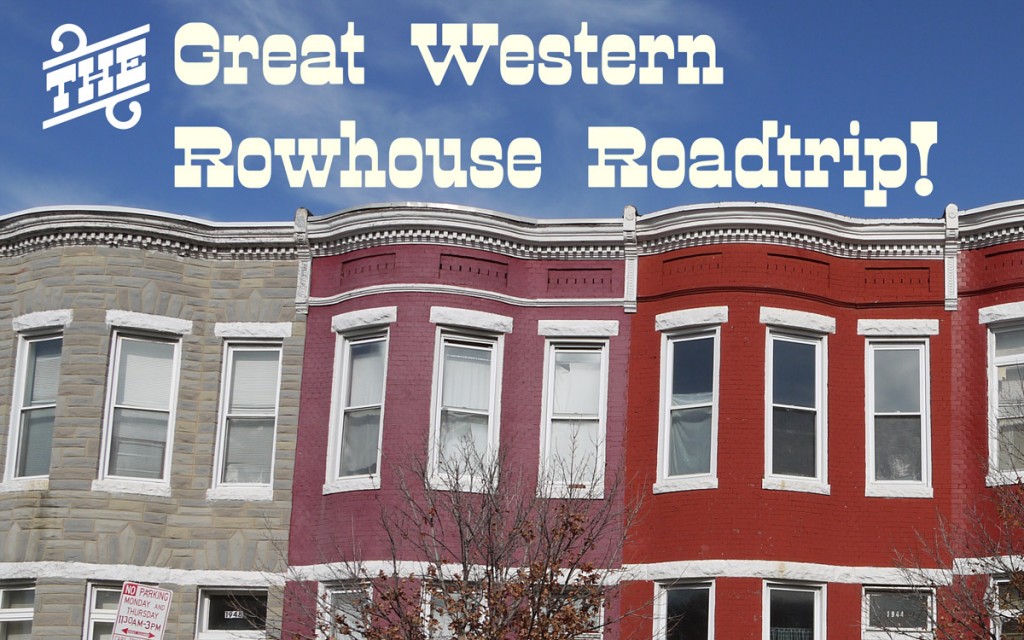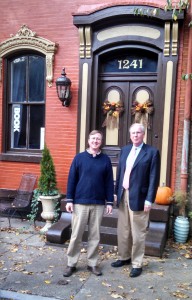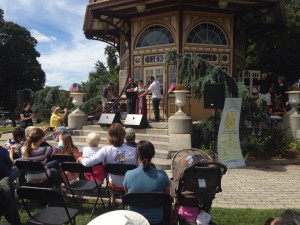On Wednesday, December 10, the Maryland Historical Trust announced the exciting preservation projects receiving the Sustainable Communities Tax Credit in 2015. Next year, the historic tax credit program will invest ten million dollars in nine projects from Western Maryland to the Eastern Shore. In Baltimore, four projects received historic tax credits—supporting a planned investment of over sixty million in the Fell’s Point, Stone Hill, Broadway East and Charles North neighborhoods.
- Eastern Pumping Station/Baltimore Food Hub: Conversion of former pumping station to a mixed-use food center business incubator. Credit: $3 million; Estimated project cost: $15 million
- Fell’s Point Recreation Pier: Conversion of the former municipal pier building for use as a hotel and restaurant facility. Credit: $3 million; Estimated project cost: $39.8 million
- Florence Crittenton Home: Conversion of former mill owner’s mansion/social services campus for use as rental apartments. Credit: $520,000; Estimated project cost: $2.6 million
- Eastwick Motor Company: Conversion of a 1914 Ford dealership for use as an arts organization center and restaurant. Credit: $453,968; Estimated project cost: $6.1 million

You may remember the Eastern Pumping Station from our Behind the Scenes tour last summer. We’ll also be visiting the Eastwick Motor Company next month—a building better known as the former home to Load of Fun and now known as the Motor House. According to a March 2009 study funded by the Abell Foundation, the state historic tax credit program has helped to create more than 26,000 jobs throughout the state. The Baltimore Sun quoted Elizabeth Hughes of the Maryland Historical Trust, “One of the things that they all share, the common thread, is good preservation practices, combined with promise of local economic return.”
Learn more about how you can advocate for continued investments in Baltimore’s historic neighborhoods at the Preservation Priorities Forum hosted by Preservation Maryland on January 13.

